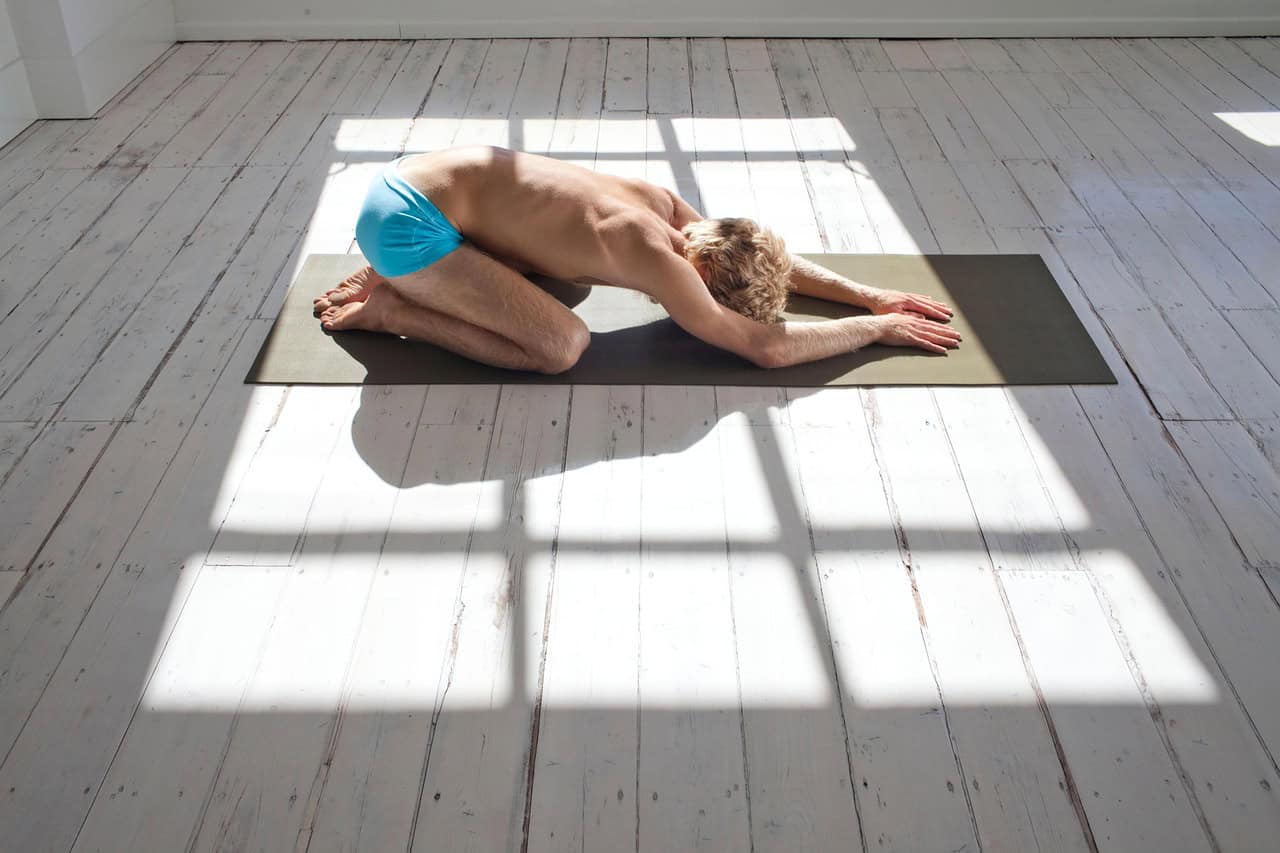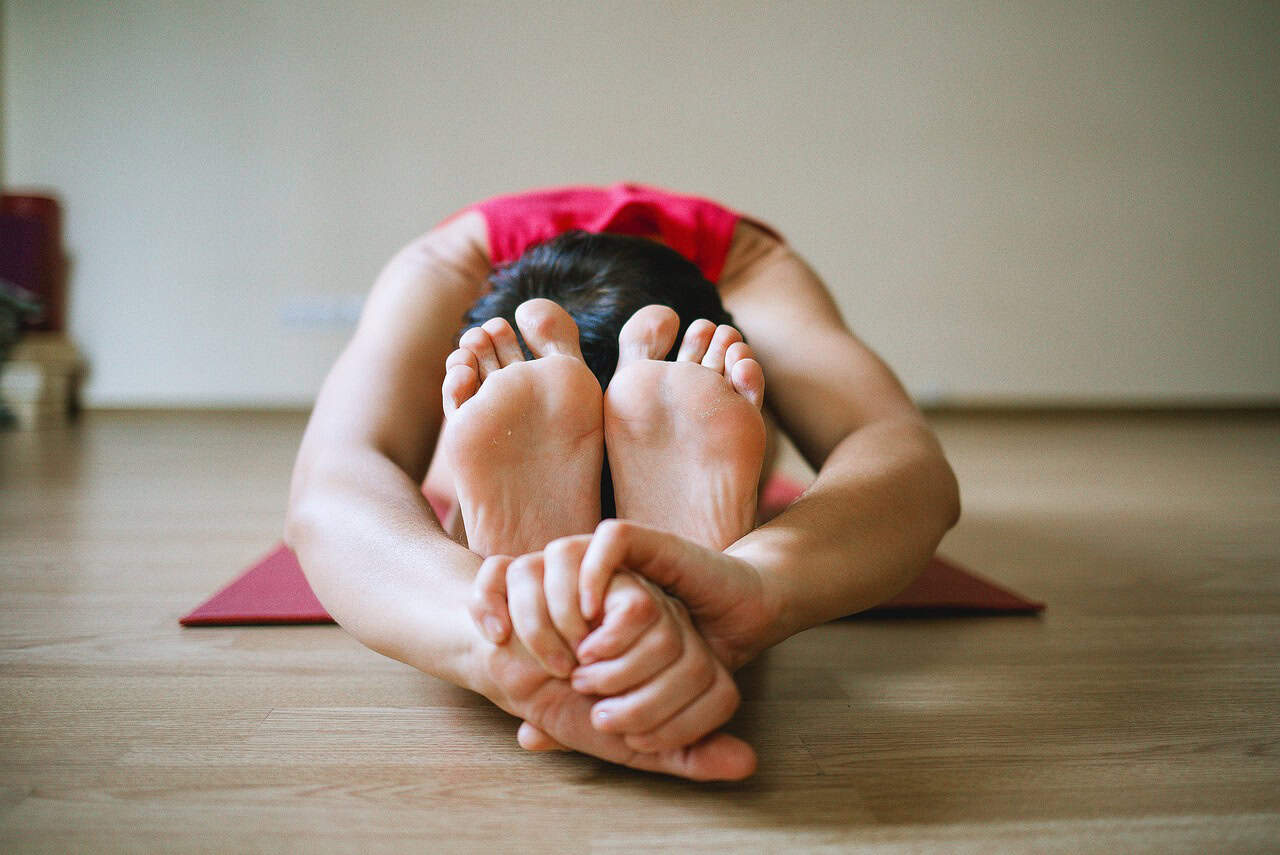How to Become More Flexible: 6 Simple Habits Anyone Can Do
Flexibility is a key component of physical wellness, supporting better posture, reducing injury risk, and enhancing everyday movement. The best part? Becoming more flexible doesn’t require intense workouts or advanced skills. With a few consistent habits, anyone can begin to feel looser, lighter, and more mobile. These six simple practices are designed to be approachable, effective, and easy to integrate into daily life.
1. Dynamic Warm-Ups for a More Flexible Body
Before diving into any stretching routine, warming up the body is essential. Dynamic movements like leg swings, arm circles, and gentle torso twists increase blood flow and prepare muscles for deeper stretches. This habit not only improves performance but also helps prevent strain. A flexible body begins with a warm one.
2. Incorporate Static Stretching Post-Workout

After physical activity, muscles are primed for deeper stretching. Holding static stretches for 20–30 seconds allows the muscle fibers to lengthen and recover. Focus on major muscle groups such as hamstrings, calves, shoulders, and hips. This habit supports long-term flexibility gains and helps the body unwind.
3. Use Breath to Deepen Each Stretch
Breathing plays a powerful role in stretching. Inhaling deeply and exhaling slowly during a stretch can help release tension and allow the body to sink deeper into the movement. This mindful approach encourages a more flexible response from tight muscles and enhances relaxation.
4. Try Gentle Yoga or Mobility Flows

Yoga and mobility routines offer structured ways to improve flexibility while building strength and balance. Even beginner-friendly flows like Cat-Cow, Child’s Pose, and Downward Dog can make a noticeable difference. Practicing just 10–15 minutes a day can lead to a more flexible and resilient body over time.
5. Stay Consistent with Short Daily Sessions
Consistency is key. Rather than long, infrequent sessions, short daily stretches yield better results. A five-minute morning or evening routine can gradually increase range of motion and reduce stiffness. Making stretching a daily habit reinforces the body’s natural ability to stay flexible.
6. Hydrate and Nourish for Muscle Health

Flexibility isn’t just about movement—it’s also about muscle health. Staying hydrated and consuming nutrients like magnesium and potassium supports muscle elasticity and recovery. This internal habit complements external stretching efforts and helps maintain a flexible foundation.
Final Thoughts
Stretching doesn’t have to be intimidating or reserved for the ultra-fit. These six habits offer a gentle, effective path toward becoming more flexible, no matter the starting point. Whether it’s a morning stretch or a mindful breath during a yoga pose, each small effort adds up. And remember—being flexible isn’t just about muscles; it’s also about staying open to growth, movement, and change.
Medical Disclaimer:
This content is for informational purposes only and is not a substitute for professional medical advice, diagnosis, or treatment. Always consult a healthcare provider before beginning any new exercise routine.





